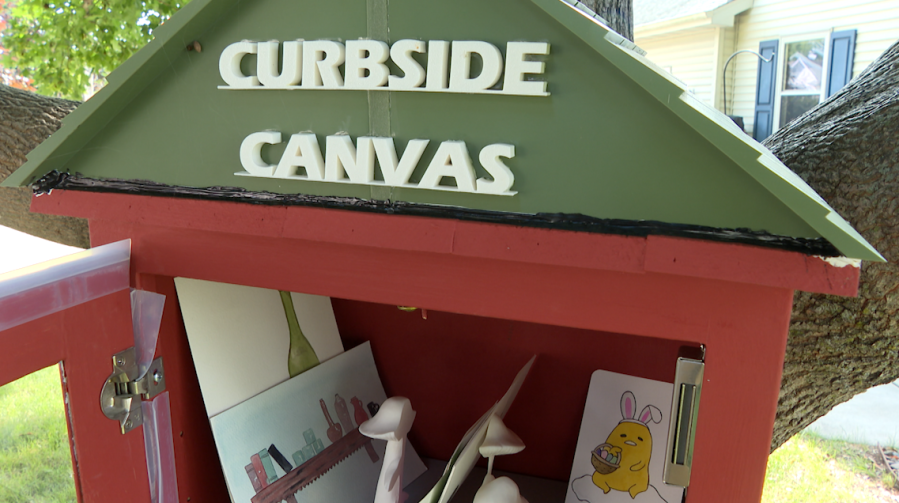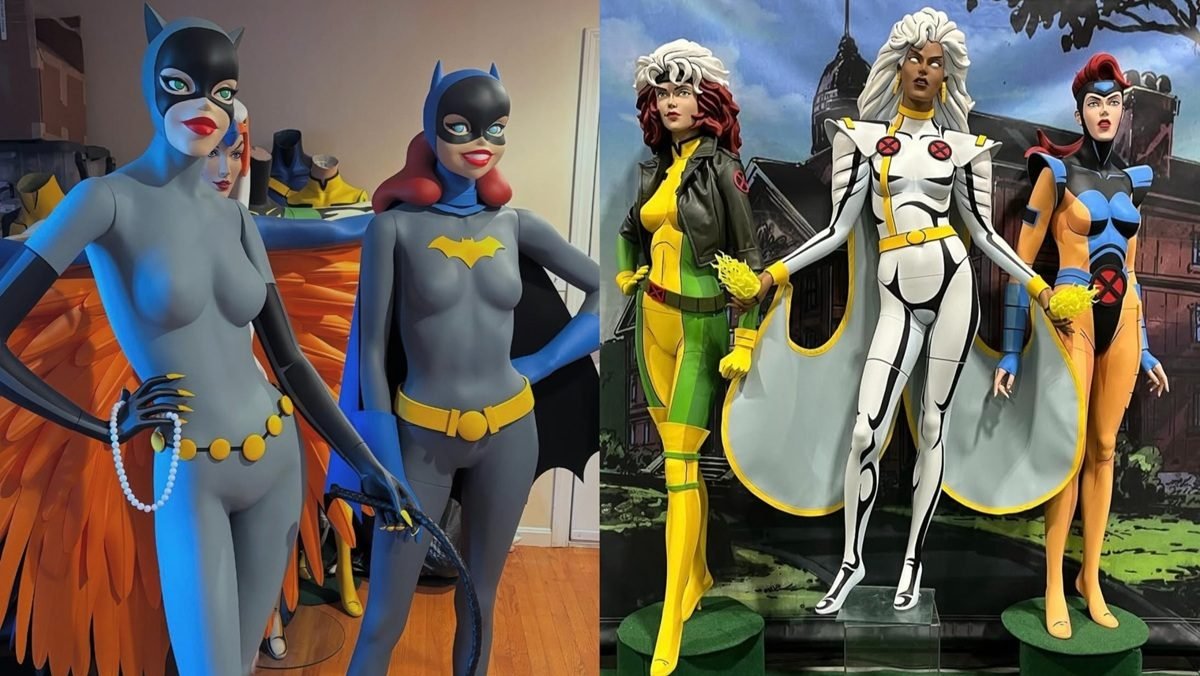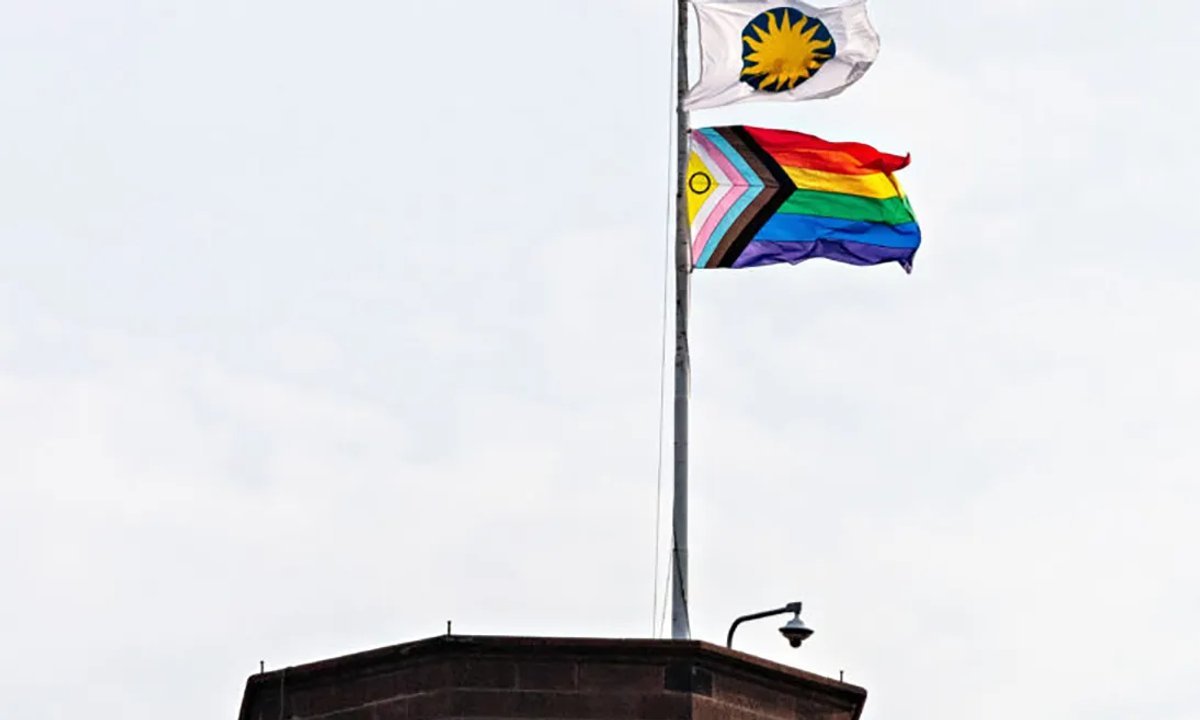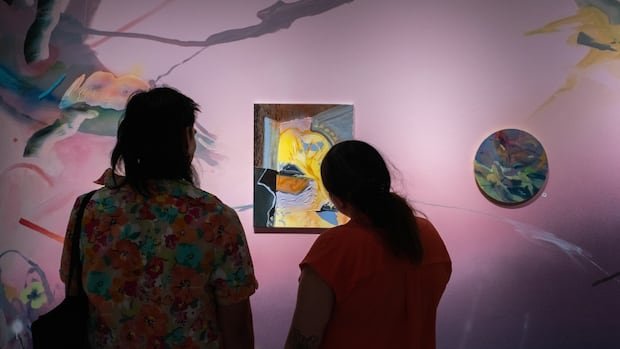Egon Schiele ‘Portrait of the Artist’s Wife’ (1917)
The heir of a Viennese art collector murdered in the Holocaust has been awarded possession of the watercolor Portrait of the Artist’s Wife (1917) by Austrian Expressionist painter Egon Schiele, drawing to a close a nearly decade-long legal fight.
The complicated three-way dispute was the first case about Nazi-looted art to go to trial in the United States. The familiar image of a rosy-cheeked woman with an updo wearing a patterned dress and an ochre jacket was featured in a series of postcards from 1917-1920, and again in the U.S. publication Parnasus in 1928, but without credit.
Collectors Karl Mayländer and Heinrich Rieger were associates of Schiele in Austria, and their heirs had each claimed ownership of the painting. Mayländer, a textile merchant, is depicted in at least two Schiele portraits, and Rieger was Schiele’s dentist. Both men were killed by the Nazis.
Eva Zirkl, who had been the last heir of Mayländer, died earlier this year. The painting was awarded to the Susan Zirkl Memorial Foundation Trust, a charity dedicated to Autism research.
“The evidence presented at trial establishes by a preponderance of the evidence that the Mayländer Heirs have superior title to the Drawing,” Daniel J. Doyle U.S., New York State Supreme Court in Monroe County wrote in his 86-page decision yesterday.
Robert Owen Lehman Sr. — longtime head of the Lehman Brothers investment bank, and a racehorse owner, art collector, and philanthropist — in 1964 bought the small painting by Schiele, which he gave to his son Robert Owen Lehman Jr. as a holiday gift.
The Lehman family owned the painting until 2016, when it was gifted to the Robert Owen Lehman Foundation, which tried to auction the painting at Christie’s. Christie’s, suspecting it may be Nazi-looted art, notified the heirs of Mayländer and Rieger. The Lehman Foundation filed the lawsuit, and after discovery, the case went to trial and the three parties presented evidence and expert witnesses.
“The recovery of artwork looted during the Holocaust is an important way to restore dignity and justice to Holocaust victims and their families. We are thrilled that the Court’s disciplined and detailed review of the evidence resulted in the right decision,” said Oren Warshavsky, a partner with law firm BakerHostetler, who represented Eva Zirkl. The BakerHostetler team also included Tatiana Markel, Michelle Usitalo, and Victoria Stork.
The labyrinthine legal battle focused largely on events between 1917 and 1963.
The painting resurfaced in Italy in 1963, and a year later in Londo , when the Lehmans acquired it. In 1976, Robin Lehman divorced his then-wife, Aki, and the painting went “missing,” according to court documents. In 2015, Robin and Aki Lehman’s daughter found it under their mother’s bed in Paris after she died, and the painting went to the U.S.
When Mayländer was being deported to Poland, he left his belongings with a woman named Etelka Hoffman. Hoffman began loaning and selling off artworks from the Mayländer collection in the 1940s. In 1960, she sold multiple Schiele artworks to Rudolph Leopold, the preemintent Schiele collector and founder of the Leopold Museum.






